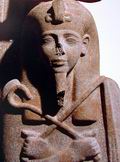|
When
Horemheb, the last king of XVIII Dynasty, died, apparently childless, Paramessu
succeeded him as Ramesses I. Paramessu's family came from Avaris, the former
capital of the Hyksos, and the role of its local god Seth, who had retained
strong connections with the Canaanite god Ba'al, appears to have been comparable
with that of Horus of Hutnesu in Horemheb's career. The Ramessid royal family
considered the god Seth to be their royal ancestor, and a fragment of an
obelisk, recently discovered on the seabed of the coast of Alexandria, shows
Seti I as a sphinx with the head of the Seth-animal offering to Re-Atum. With
Ramesses I began a new dynasty, although there is some evidence to suggest that
the Ramessid pharaohs considered Horemheb as the true founder of the dynasty. |
||

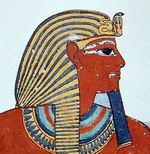
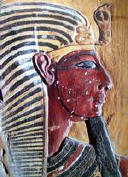
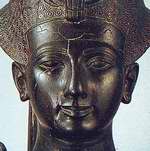 S
S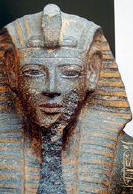
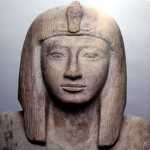 T
T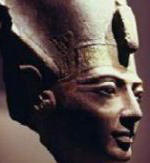 O
O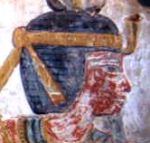 S
S